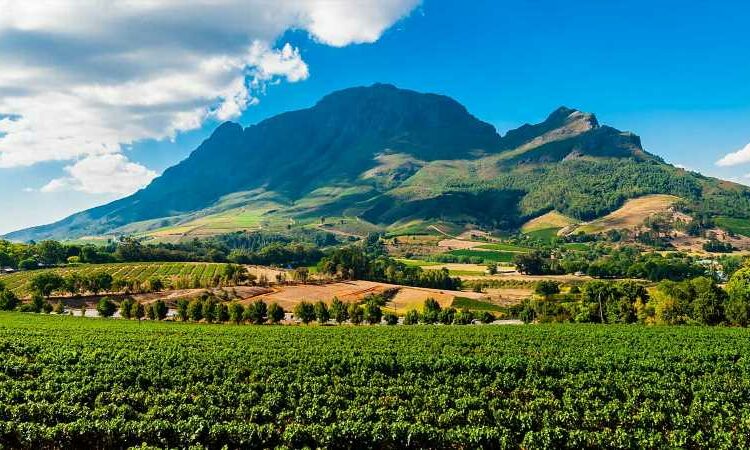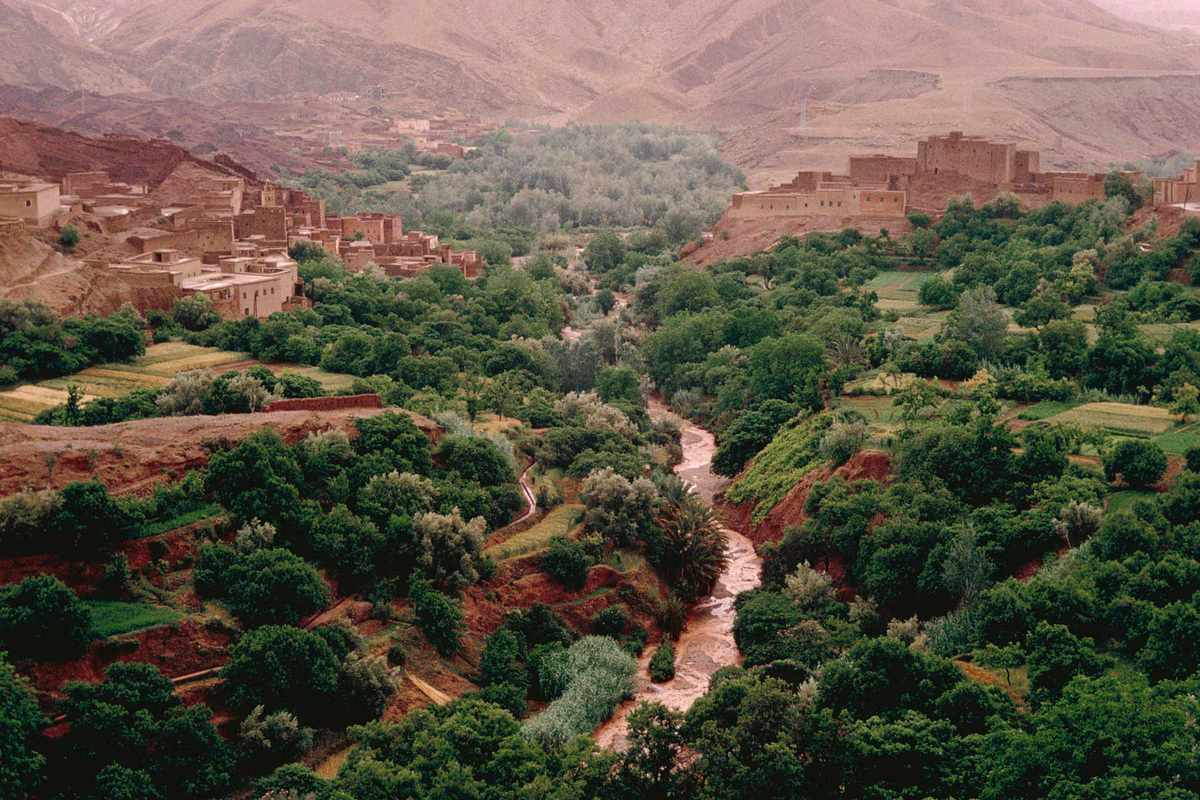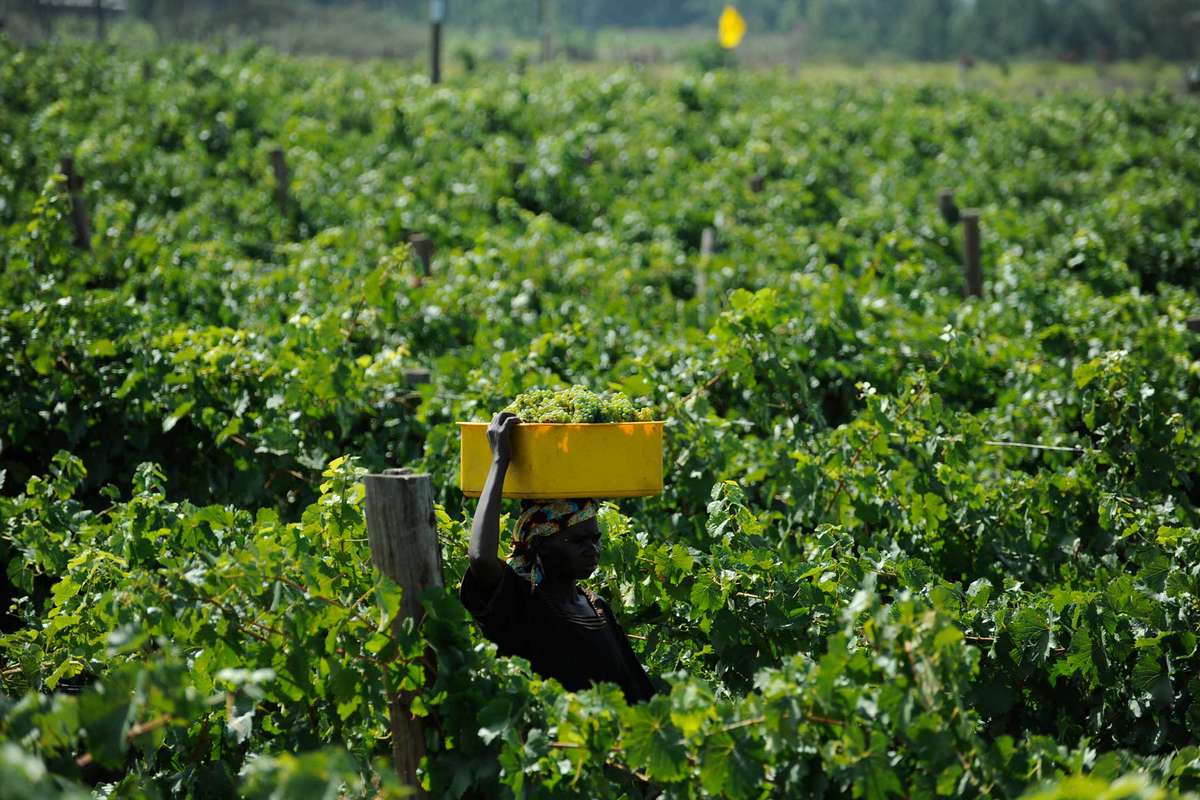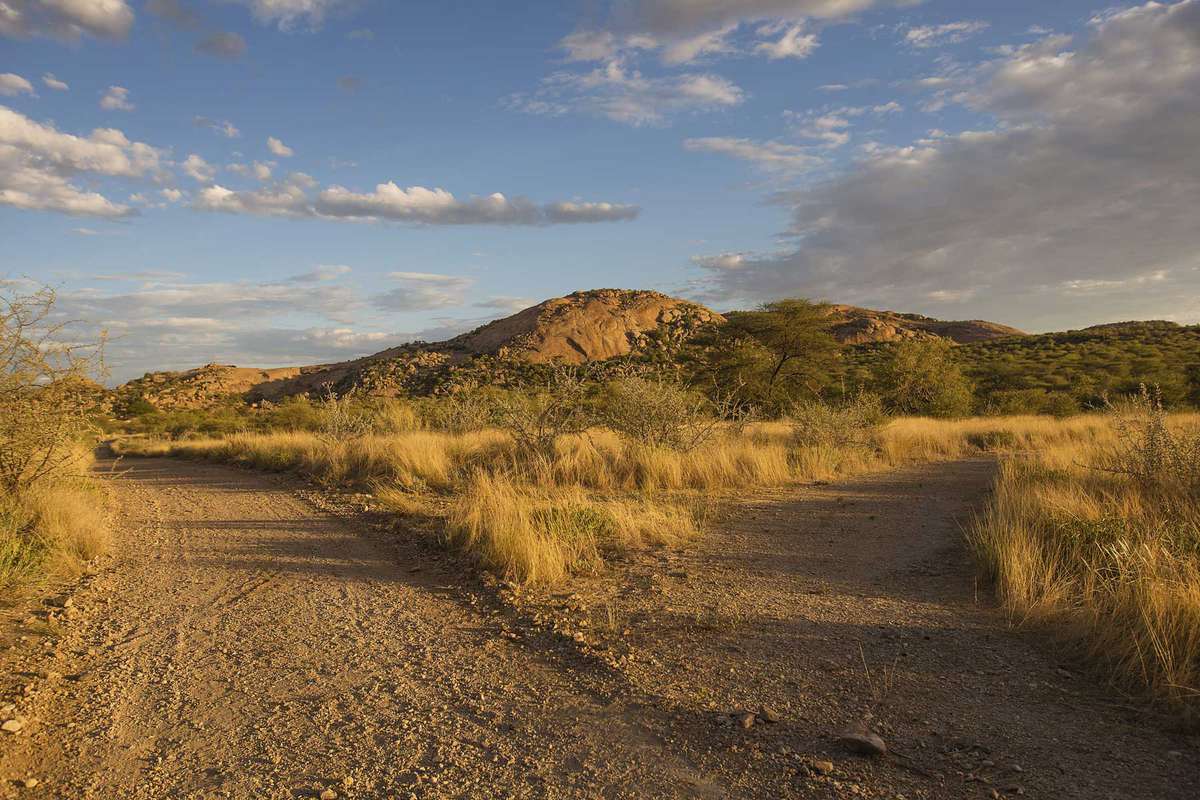Editor's Note: Those who choose to travel are strongly encouraged to check local government restrictions, rules, and safety measures related to COVID-19 and take personal comfort levels and health conditions into consideration before departure.
Blessed by Dionysus himself, wine has been an essential part of human celebration, indulgence, and cuisine for eons.
When it comes to this libation, your first thought might be the French countryside, the valleys of California, or even the hills of South America. But Africa should be on the radar of every wine connoisseur, too. The northern parts of the continent have produced wine since the Phoenician times, while the south has created its own vintages since the 16th century. And other parts of the continent have awoken to the magic of winemaking in the last three decades.
Here are five wine destinations in Africa that ever vino lover should visit.
Cape Winelands, South Africa
With over 500 wineries, South Africa is one of the top wine-producing destinations in not only Africa, but also the entire world. Vino lovers are spoiled for choice here.
If you're looking to experience a good range of South African wine, the Cape Winelands region in the Western Cape is your best bet. The municipality comprises Stellenbosch, Paarl, Worcester, and Franschhoek, where you'll find some of the country's most notable wineries.
If you've got time and a sense of adventure, you're in for a real treat. You can map out your itinerary based on drink preference (red, sparkling, rose, or blend) or accommodations (think: traditional wine farm or expansive luxury estate).
The possibilities are endless, but make sure to try pinotage, a hybrid between a pinot noir and cinsaut. Also worthy of note is the Methode Cap Classique (MCC), a South African sparkling wine produced with the traditional Champagne method.
Meknes, Morocco
This North African nation has a history of wine production dating back to ancient Phoenician times, according to historians. When Islam was introduced to the nation around 680 CE, wine production dwindled and eventually came to a halt. It wasn't until the 1900s, when the nation became a French colony, that the culture of winemaking returned. However, much of the wine produced was exported to France and other parts of Europe.
Following independence, wine production once again stalled, due to a lack of funding and expertise. In the last two decades, the country has seen intervention from the government and backing from foreign investors, and the industry may well be on its way back to being on the viticulture map.
With a climate characterized by dry summers and wet winters, vineyards thrive here, growing cinsaut, merlot, and alicante, along with smaller yields of chenin blanc and chardonnay.
Founded in the 11th century, Meknes is one of Morocco's imperial cities, filled with monuments, ancient ruins, and architecture. It's also home to two of the country's renowned wineries: Château Roslane and Domaine de la Zouina (one of the country's oldest).
Most of the wine produced here is red, rose, or gris (definitely try the latter). However, Domaine de la Zouina produces batches of chardonnay and a few blended bottles.
Ziway, Ethiopia
Already famed for its tea and coffee, the Rift Valley climate in Ethiopia provides the perfect temperatures and rich sandy loam for cultivating and harvesting vineyards.
The first vines were planted in the 1930s by Italian occupiers, and the country's oldest winery has operated since 1936. While it's no powerhouse (yet), it produces over 10 million bottles a year.
Right outside the capital city of Addis Ababa, Castel Winery in the small town of Ziway is working to put the country on the global wine radar. At the heart of the operation is social responsibility, ensuring that all hands at the winery are fairly compensated and upskilled.
The range of vineyards is ambitious, growing varietals of merlot, cabernet sauvignon, syrah, chardonnay, chenin, cabernet franc, and semillon, to name a few. So far, they've successfully bottled chardonnay, merlot, syrah, cabaret sauvignon, and even sweet rose. Tip: Be sure to try traditional Ethiopian honey wine, tej.
Naivasha, Kenya
Another East African nation flying under the wine radar is Kenya. With high altitudes and the Rift Valley's climate, the country has seen the emergence of local wineries in the last few decades.
Leleshwa winery in Naivasha is a top spot. With its hot days and cool nights, coupled with its high elevation and rich volcanic soil, the town provides prime real estate for vineyards. Leleshwa cultivates a number of varietals, including shiraz, chenin blanc, and cabernet sauvignon, but it's the sauvignon blanc that has garnered applause from critics.
Winery tours include Kenyan tea, spectacular views, three-course meals, and of course, wine tasting.
Omaruru, Namibia
With its hot, arid climate, Namibia is likely not the first place that comes to mind when thinking of wine production.
Despite the irrigation challenges and youth of the vintages produced here (as late as 2014 and 2015), the country still produces a decent amount of chardonnay, shiraz, and chenin blanc, along with small quantities of rose and red wine blends.
Two wineries operate in this region: Kristall Kellerei (the country's oldest) and the Erongo Mountain Winery. Both are situated along the Omaruru River, offering a change of scenery from the country's hot weather.
Kristall Kellerei now grows mourvèdre, shiraz, and barbera, in addition to the existing varietals of colombard and tinta barroca.
At Erongo Mountain Winery, blends are their speciality. One of their most notable bottles is Ohamba, which is a blend of shiraz, cabernet sauvignon, and cabernet franc.
Source: Read Full Article





